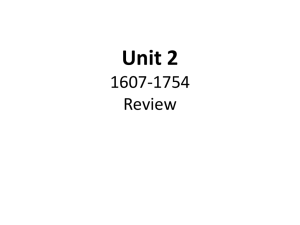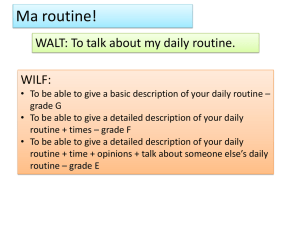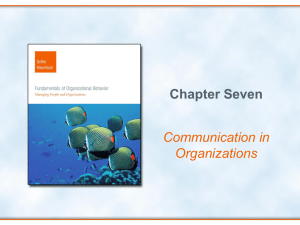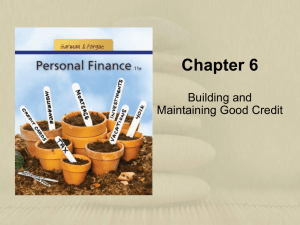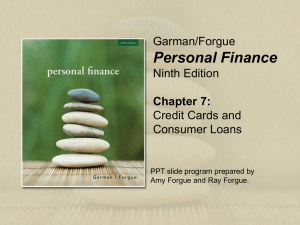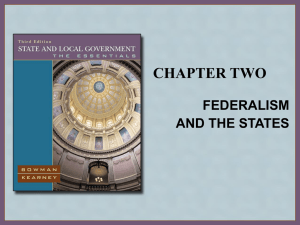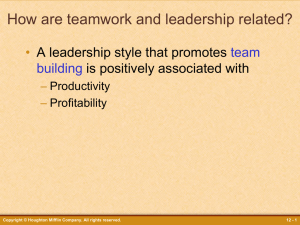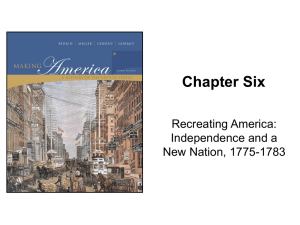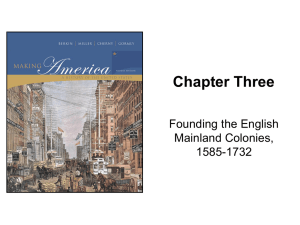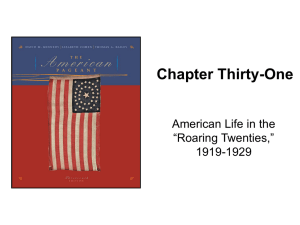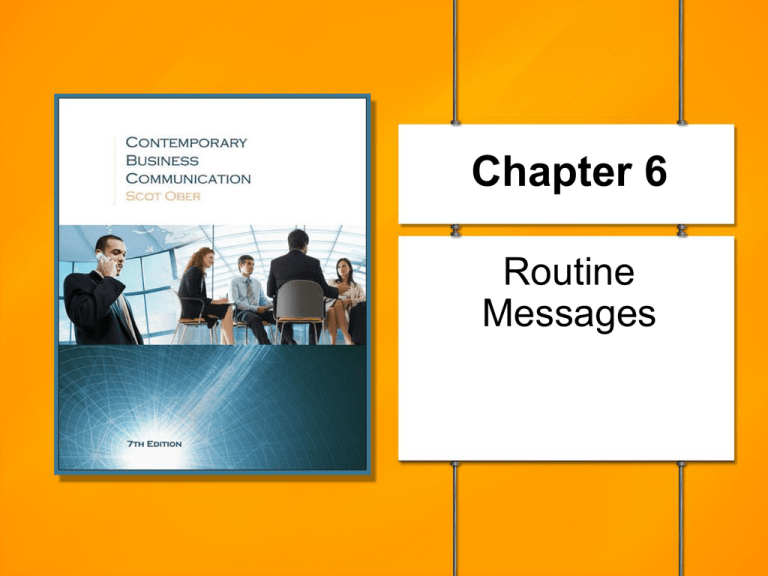
Chapter 6
Routine
Messages
Routine Business Messages
A. Planning a routine message:
Say it directly
1.
Routine messages are necessary for day-to-day
business operations
2.
When the reader is interested in the content of
the message, use a direct organizational plan:
the main idea first
needed explanation, and
a friendly closing
OBER, CONTEMPORARY BUSINESS COMMUNICATION, 5/E. COPYRIGHT © HOUGHTON MIFFLIN COMPANY. ALL RIGHTS RESERVED.
7.1
Routine Business Messages
Much routine information is communicated via interoffice
memos or email
Memos use:
3.
4.
•
•
the TO:/ FROM:/ DATE:/ SUBJECT: heading
instead of the inside address, salutation, and
complimentary closing used in letters
The content of memos is different from letters:
5.
•
•
Jargon and abbreviations are allowed
Background explanation is kept to a minimum
Copyright © Houghton Mifflin Company. All rights reserved.
6|3
Creative Thinking & Problem-Solving
Process Through 3Qs Integration
IQ
Findings:
Creative
Data
Solutions &
Mess
Ideas
Outcomes
CQ Curiosity-Brainstorm-Persistence-Innovation
Problem
Solutions
EQ Communication-Empathy-Leadership-Teamwork-MGT
Copyright © Houghton Mifflin Company. All rights reserved.
6|4
Routine Business Messages
B. Common types of routine messages
•
Routine Requests Vs. Routine Replies
•
Routine Claims Vs. Routine Adjustments
Copyright © Houghton Mifflin Company. All rights reserved.
6|5
Routine Business Messages
C. Routine Requests
A request is routine if we expect the reader to do as we
ask without having to be persuaded
Major Idea First
Present request clearly/directly in the first sentence or
two.
Phrase in the form of a direct question, a statement, or
a polite request
E.g., A polite request is a “Would you please…” without “?”
Copyright © Houghton Mifflin Company. All rights reserved.
6|6
Routine Business Messages
Clearly define the type of response you want and
phrase your request to get that response.
E.g.
Please send me all the relevant information
about your XP-2 copier.
Please inform me of your XP-2 copier’s
specifications such as copying speed per
minute, enlarging and reducing, and automatic
feeding
Copyright © Houghton Mifflin Company. All rights reserved.
6|7
Routine Business Messages
Do not ask more questions than are
necessary
Make the questions easy to answer
Arrange your questions in logical order
Word each question clearly and objectively
Limit the content to one topic per question
Copyright © Houghton Mifflin Company. All rights reserved.
6|8
Routine Business Messages
Explanation and Details
Provide enough explanation and details
so that the reader can understand and respond to
your request
Remember reader benefits:
The reader is more likely to cooperate if we tell
how he or she will benefit from our request.
Copyright © Houghton Mifflin Company. All rights reserved.
6|9
Routine Business Messages
Friendly Closing
Close our request by:
expressing appreciation for an assistance or a
favorable action
stating and justifying deadlines
offering to return the favor
Make the ending friendly and positive
Copyright © Houghton Mifflin Company. All rights reserved.
6 | 10
Routine Business Messages
D. Routine Replies
•
•
1.
2.
3.
4.
Provide information requested
Comply with original request
Put the “good news” first
Answer promptly and courteously
Answer all questions
Include additional information/suggestions that
can help the reader
Copyright © Houghton Mifflin Company. All rights reserved.
6 | 11
Routine Business Messages
If appropriate, promote sales or build goodwill
Consider using form letter or memo for answering
frequent requests
Mention any enclosure in your message
Add
5.
6.
7.
8.
•
•
9.
an “Enclosure” notation at the bottom of the letter and
an “Attachment” notation at the bottom of the memo
Close your letter/memo on a positive, friendly, and
original note
Copyright © Houghton Mifflin Company. All rights reserved.
6 | 12
Routine Business Messages
E. Routine Claims
A claim letter:
asks a company to fix a problem with its
product/service
is routine if the writer reasonably expects the
reader to comply with the request
Copyright © Houghton Mifflin Company. All rights reserved.
6 | 13
Claim Letters
1.
2.
Address the letter to the company’s
customer service department
Remember:
the person you’re writing to is not responsible for
the problem,
you need this person to help you,
so be courteous and use factual and unemotional
language
Copyright © Houghton Mifflin Company. All rights reserved.
6 | 14
3.
The claim must include the following:
Provide information:
date of purchase, model #, serial #, copies
of receipt and warranty
Identify the problem with explanation
Describe your relationship with the company
Tell the adjustment you expect.
Or ask to suggest an adjustment that is fair
and reasonable
End the letter on a confident note
Copyright © Houghton Mifflin Company. All rights reserved.
6 | 15
Routine Business Messages
F. Routine Adjustments
An adjustment letter is a
response to a claim
letter.
Question: How many of
us have written claim
letters?
Copyright © Houghton Mifflin Company. All rights reserved.
6 | 16
Routine Adjustments
1.
A claim letter represents
a possible loss of business and goodwill
in the company or
an opportunity to improve product and
process quality.
So the overall tone of an adjustment letter
is crucial.
a.
b.
c.
d.
Be gracious
Trust the writer’s honesty
Answer promptly
Use neutral or positive language
(“the situation,” not “your complaint”)
Copyright © Houghton Mifflin Company. All rights reserved.
6 | 17
Routine Adjustments (cont.)
2. Give good news first. E.g.,
A new color monitor is on its way to your office.
Of course you can depend on IBM’s warranty.
3. Explain specifically, but briefly, what went wrong.
4. If the customer is at fault,
explain tactfully and impersonally how the
problem can be avoided in the future.
Avoid using “You should not …”
5.
Make a positive, forward-looking closing.
Include sales promotion only if
the adjustment has restored the customer’s
confidence in the product or service.
Copyright © Houghton Mifflin Company. All rights reserved.
6 | 18
Goodwill messages
•
•
•
•
•
Be prompt.
Be direct.
Be sincere.
Be specific.
Be brief.
Copyright © Houghton Mifflin Company. All rights reserved.
6 | 19
Congratulations
message via e-mail
CONGRATULATIONS! - Message
Elinor Rhymes (erhymes@rcp.com
CONGRATULATIONS!
Dear Elinor:
Congratulations on your promotion to branch manager. I know that Eastern customers will be just as
delighted with your efficiency and responsiveness as I have been for the past four years.
I will certainly miss the personal touch you brought to your job, but I know that this promotion is an
important career move for you. Please accept my sincere best wishes for continued success.
Cordially,
Jacque
Copyright © Houghton Mifflin Company. All rights reserved.
6 | 20
Thank-You Notes
Thank-you notes are expected in
these situations:
After a job interview
After someone wrote a letter of
recommendation for you
After you receive a gift
After you receive a favor
Copyright © Houghton Mifflin Company. All rights reserved.
6 | 21



